"SLC21/WK5: Choking and Airway Obstruction: A Complete Guide to Life-Saving First Aid Techniques "
Welcome, friends, to my blog. Choking is a situation where human airways are obstructed. This may be caused by objects from food, toys, or other small playing materials. There are situations where we choke from improper water consumption. Let's delve into my views for the week.
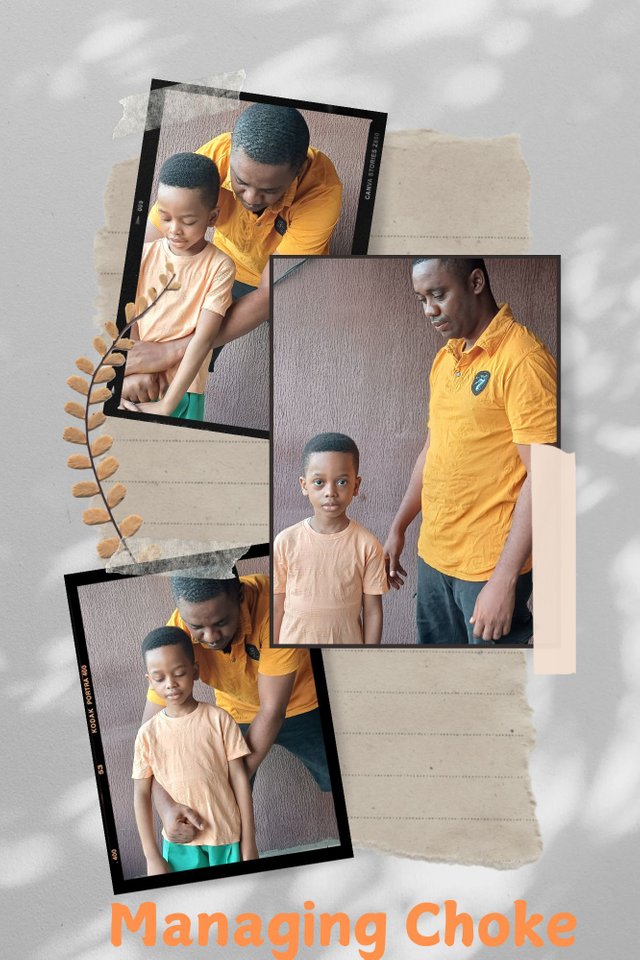 |
|---|
Choking is a situation where there is an obstruction in the airways, disallowing free airflow to the lungs. There are situations where we have complete or partial obstruction. However, both cases come with difficulty breathing. A thorough understanding of the choking mechanisms and signs is important for effective handling.
Mechanism of Choking
Airway obstruction
This is typical of the understanding relative to choking and its level of occurrence. It is good that we decipher those things that cause choking. This could be from food, toys, and vomits, depending on what is observed breaching the airways. When such happens, happens from the listed objects, they are usually common around the narrowest part of the air part ( larynx & pharynx).
Physiological Responses
This is a time when we observed limited air passage to the lungs or situations where it is stopped completely. This comes with varying symptoms which we should know. The first reaction is that of hypoxia where we have limited presence of oxygen in the lungs and blood. This can be imagined given the effects.
In a situation where the oxygen level is low, invariably, the CO² level is increased, hence causing acidosis. At this stage, we observe the body trying to respond with reflexes that include coughing and sneezing. But in situations where the obstruction is total, these reflexes are inconsequential.
Compensatory Responses
This is a give-back mechanism that the body system puts in to compensate for lost grounds during obstruction. We will observe an increase in respiratory rate to enable more oxygen circulation due to the already-witnessed low oxygen in the body. In the vein, we also have the heart rate increase as it tries to pump more oxygen across the body system.
1.Coughing
Just like we read from the Physiological responses when we have low oxygen circulation and more CO² in circulation, the body is observed to respond through reflexes. When the individual can cough out well, it is partial obstruction. When they are unable to cough, it is a complete obstruction.
2.Throat Clutching
This is usually one universal sign to note when an individual is choking. We have to note that this individual tends to grip the neck area in an indication to signal where discomfort is coming from.
3.Breathing Sound & Difficult
The larynx and pharynx are the narrowest of the air path, and when a partial obstruction occurs, there is a wheezing sound that shows breathing difficulty and air escape from this narrow passage. However, there is no wheezing sound when an individual airway is completely blocked.
4.Skin Discoloration
This is a change of some body parts which shows the presence of hypoxia or acidosis. Target body parts during cyanosis, including lips and face.
5.Loss of Consciousness
During this complication of hypoxia and acidosis, an individual may be disoriented and coordinated. There may be loss of consciousness which is the result of both symptoms.
| Indices | Partial Obstruction | Complete Obstruction |
|---|---|---|
| Universal knowledge | Little breathing pathway for airflow | No breathing pathway for airflow |
| Coughing | Individual can still use this reflex to eject object | Inability to cough, reflexes are ineffective |
| Breathing Sound | Availability of wheezing sound | No sound in place. |
| Speaking Level | Individual can still speak | inability to speak or respond |
| Conciousness | Individual isn't disoriented but conscious of stimulus | disoriented and unconscious |
| Danger Level | Less risky and ability to return to nolmacy | Highly risky and life-threatening if no action is taken immediately |
While using the Heimlich maneuver, we have to be sure that the individual is choking with breathing, coughing, and speaking difficulty. At this time, we have to be calm so as not to send wrong signals to the affected individual. I will be using a child for over one year.
Positioning
☆ I will have to stand behind him but if he's sitting down, I will have to kneel behind him
☆ I will have to place my hand arms around his waist area.
Technique
☆ at this time, I should place my fist just above his belly button but before the ribcage.
☆ then the second arm which will come from the other side, should grip my other fist.
☆ I should be able to thrust both inward and upward to upward to dislodge the obstruction.
☆ this technique process. should be repeated until results are achieved.
However, in a situation where an individual becomes unconscious, we have to keep them on the ground with the individual facing up. Call for emergency service support and also initiate a CPR protocol to help salvage the situation.
Safety Precautions
In all of these, we should, first of all, avoid using force to execute thrusts to avoid injuries. This protocol should be done with a sense of caution.
We should not forget the DRABC protocol. We have to be sure that the area is well safe to keep individuals safe. At this stage, CPR can be done.
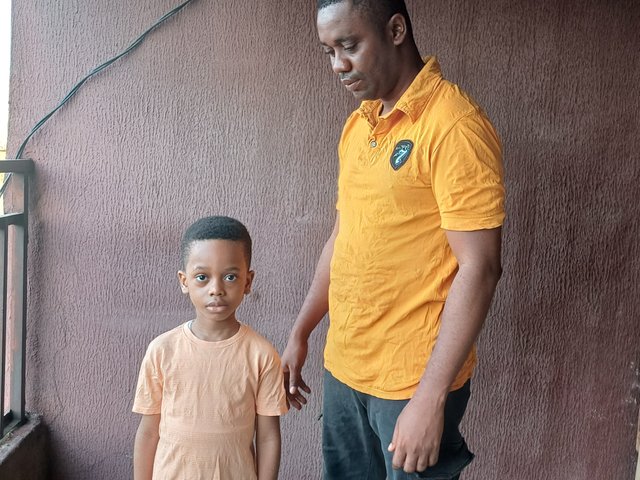 |
|---|
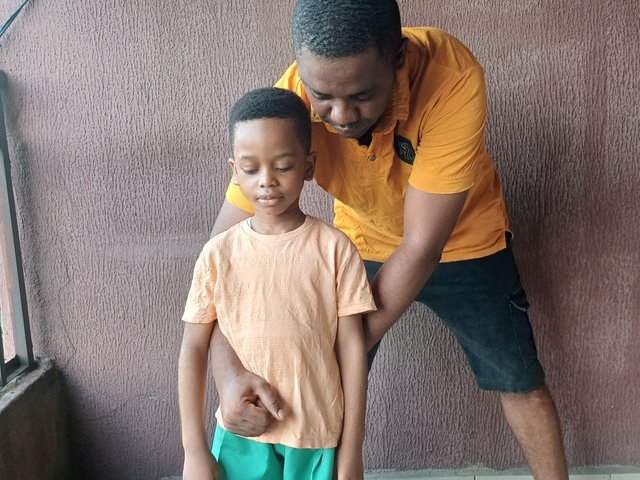 |
|---|
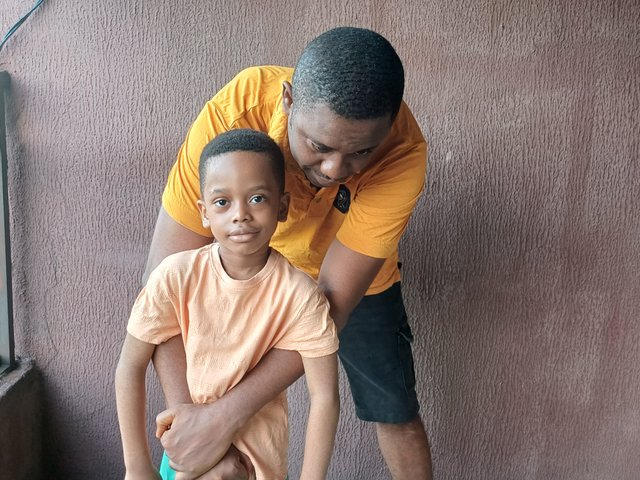 |
|---|
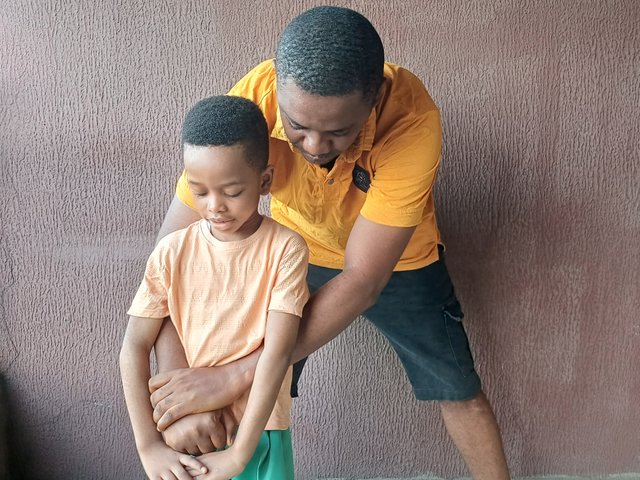 |
|---|
1.Decipher the Choking Situation
This is simply done by ascertaining that this is choking. During this, we should look out for some universal signs like coughing, wheezing sound, throat clutching, speaking, etc.
Asking the person if they are choking directly confirms any doubt behind certainty. Their nodes, even without speaking, show certainty in the situation for further aid.
2.Be in Charge of Situation & Stay Calm
Remaining calm without having to show nervousness helps to put every other person in a calm position.
I should quickly be sure I have enough space to perform the Heimlich maneuver at the choking arena. I should be able to stand behind an individual to kick-start the Heimlich maneuver.
I should be able to communicate with bystanders at this time who are watching me to ascertain the degree of effect. I will have to ask them to call emergency support if the issue persists. They should be able to allow an easy flow of oxygen by asking the crowd to give way for space.
3.I will perform the Heimlich maneuver
Positioning
☆ I will have to stand behind him but if he is sitting down, I will have to kneel behind him
☆ I will have to place my hand arms around his waist area.
Technique
☆ at this time, I should place my fist just above his belly button but before the ribcage.
☆ then the second arm which will come from the other side, should grip my other fist.
☆ I should be able to thrust both inward and upward to upward to dislodge the obstruction.
☆ this technique process. should be repeated until results are achieved.
However, in a situation where an individual becomes unconscious, we have to keep them on the ground with the individual facing up. Call for emergency service support and also initiate a CPR protocol to help salvage the situation.
In all of these, we should, first of all, avoid using force to execute thrusts to avoid injuries. This protocol should be done with a sense of caution.
We should not forget the DRABC protocol. We have to be sure that the area is well safe to keep individuals safe. At this stage, CPR can be done.
4.Post Rescue Care
I would have to ensure I gently communicate with the victim if obstruction has been removed. Ensure we are both calm and continually good. I will see the help of a medical practitioner to help ascertain if there were injuries during the time of choking dislodgement.
5.Communicating freely to all around
At this.stage, I should be able to communicate freely with bystanders all I've told. In situations where emergency services arrive timely, I should also narrate all that has transpired
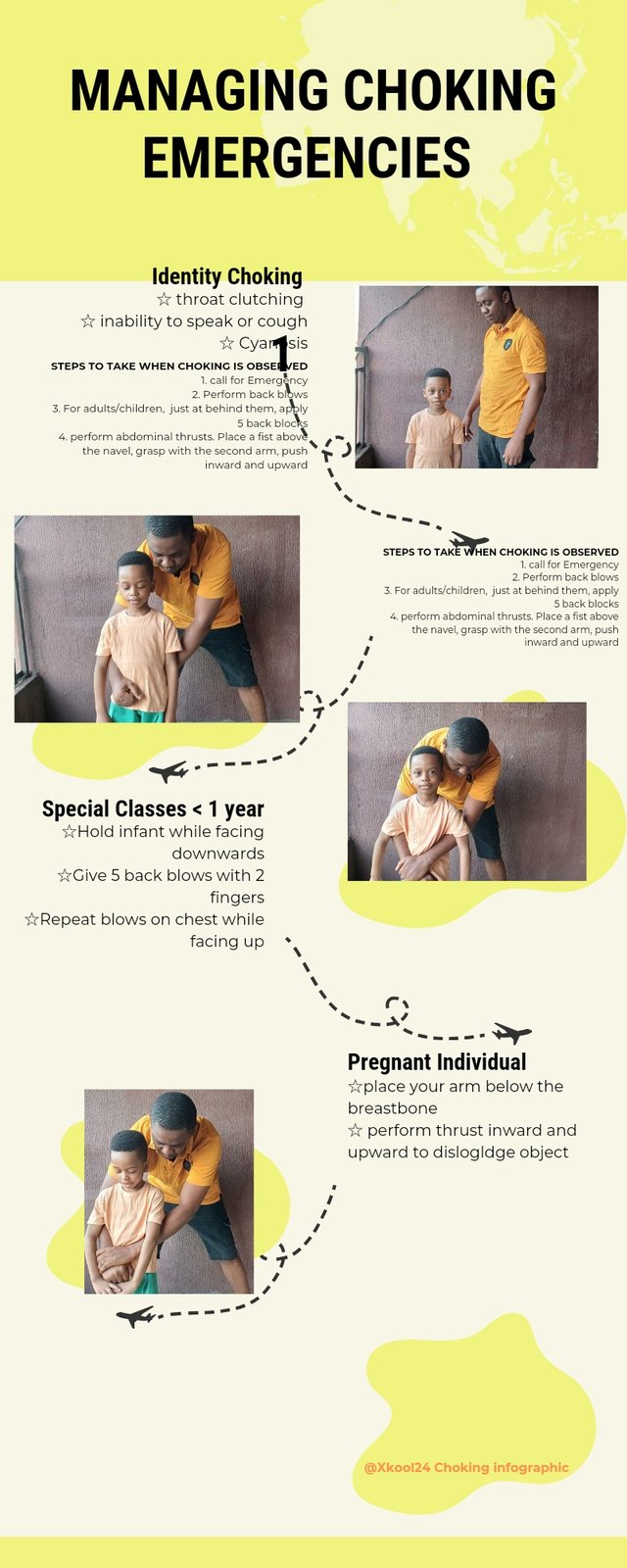
During choking scenarios, we have to be swift as first responders while prioritizing victims safety. Our ability to detect choking, and act accordingly, ensures higher survival rate.
Thank you.
I'm inviting @chilaw, @rosselena, and @stef1
Student Name: @xkool26
Overall grade: 9.1
Plagiarism Check: Pass
AI Use: No
General Feedback: The student has shown an excellent understanding of this week's course. I enjoyed reading this post but there were a few shortcomings which I'm sure will be avoided in the upcoming posts. Good work
Thank you.
Regards,
@huzaifanaveed1
Please remove the #teachingteam tag - that is for applications for the next season of the Learning Challenge.
Done. Thank you.
https://x.com/xkool24/status/1861739954407100465?t=y1gyMG8_JPPYqn4zj_fEPA&s=19
Muy buen trabajo, bien explicado y muy bien graficado, seguro que con esta presentación cualquier persona puede aplicar la maniobra sin ningún problema.
Es cuestión de practica para poder tener la destreza de aplicarla a tiempo, recordemos que los primeros auxilios son esas primeras atenciones que hace una persona a otra antes de la intervención de un médico.
Éxitos.
Saludos